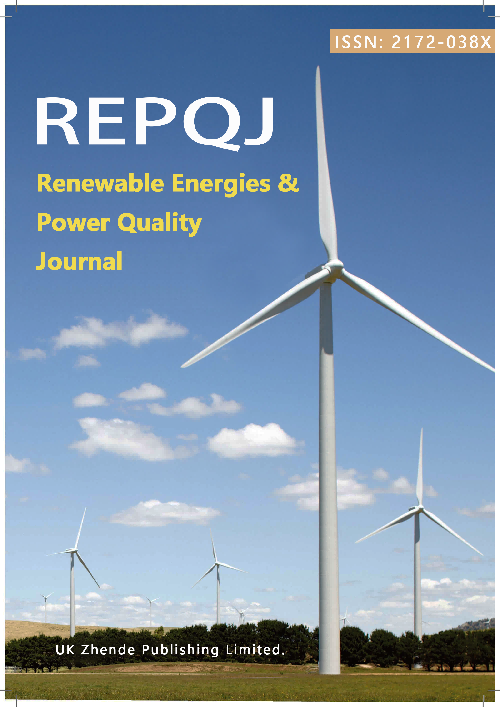Designation of Renewable Acceleration Areas for Wind Power Using MCDM and GIS
DOI:
https://doi.org/10.52152/4569Keywords:
wind energy, spatial planning, GIS, MCDM, suitability.Abstract
The study presents a comprehensive methodology for designating Renewable Acceleration Areas (RAAs) using Multi-Criteria Decision Making (MCDM) and Geographic Information Systems (GIS) within a technical scenario. It integrates technical, environmental, and socio-economic criteria (or factors) to identify suitable locations for wind energy projects. The methodology emphasizes data collection, stakeholder consultation, and comprehensive spatial planning to ensure balanced and sustainable outcomes. The findings indicate that 31,031 km² of Hungary is suitable for wind energy development, which accounts for approximately one-thirds of the country's total area. The most optimal regions, which received the highest score, represent 9.7% of the country's area. The most appropriate locations, as determined by the technical scenario utilized, are those in proximity to the medium-voltage grid, as well as arable land, degraded areas, or industrial sites. Results show that high spatial resolution and reliable information can be provided for any selected region where the necessary data are available. Based on this foundation, the developed method is appropriate for analysing additional scenarios (e.g. environmental or socio-economical) and can also be utilized to evaluate the feasibility of other renewable energy sources, such as solar power plants.
Downloads
Published
Issue
Section
License
Copyright (c) 2025 T. Erdei, T. Soha, B. Hartmann (Author)

This work is licensed under a Creative Commons Attribution 4.0 International License.











